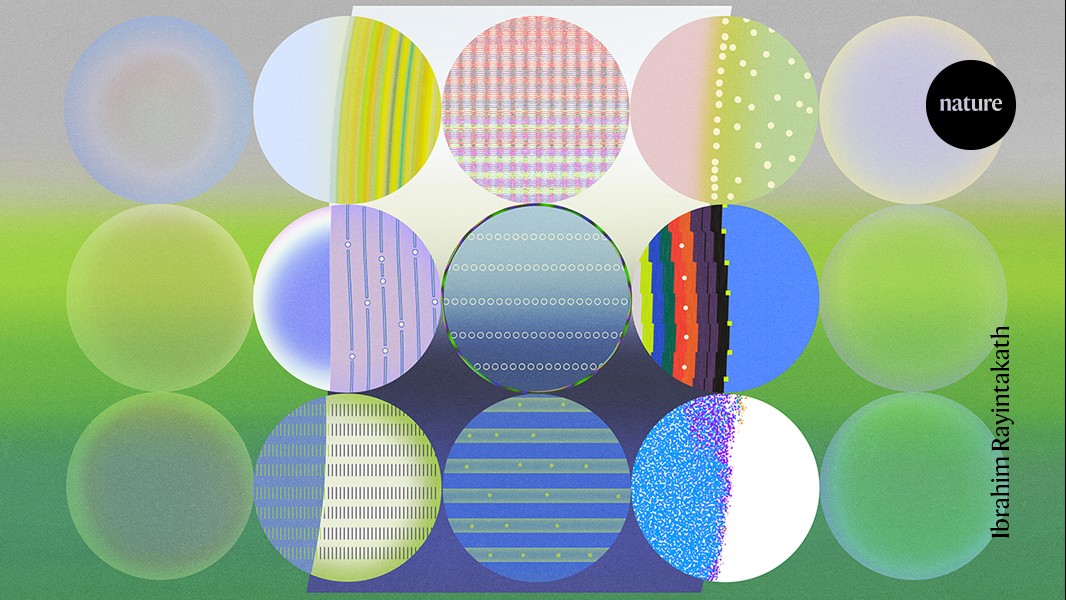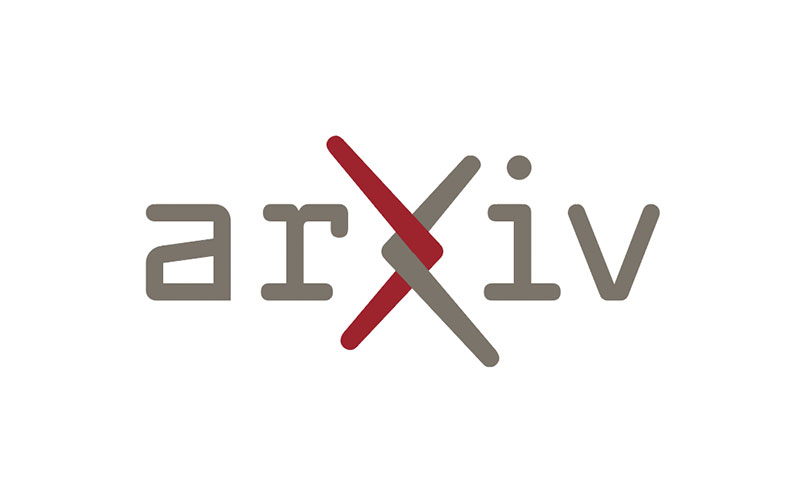日経新聞が、査読で活用されるAIを騙すような行為を特報として報じていた1。白文字でポジティブな評価を促す指示文をを紛れ込ませる行為について議論されているが、こうした行為はかなり前から話題になっていたように思う。
論点は2つ。
- 査読にAIを活用することの是非
- AIによる査読の評価を歪める行為の是非
査読プロセスに対するAI活用の影響については、Natureがまとめている
- 査読にAIが使われるケースが急増している。5000人を対象としたアンケート調査では、19%が査読プロセス効率化のために査読にLLMを試用・検討したと回答
- これまでも査読プロセスの効率化のために、校閲や統計値チェックなどでツールは使用されていた。LLMの登場により、査読そのものの自動化という点が論点
- 研究の核や知見の要約、新規制評価、引用文献検証を担当する査読ツール2、自動査読ツール3など、新しいAI活用のアプローチが開発されている
- AIには研究内容の査読をするレベルには達していないという研究者がいる一方で、AIを活用することで査読プロセスをより強力にすると予想する研究者もいる
査読レビューがLLMによって生成されたものかどうかを検出する研究があった。
手法としては、テキストシーケンス、いわゆる透かしを入れるもの。透かしの作り方と、その透かしが含まれているかの検出アルゴリズムを提案している。要は、
- ランダムだが本文を破壊せず、かつアルゴリズムが検出しやすい単語・文章 (=透かし)
- 人には判別しづらい、AIのみ反応する紛れ込ませ方(=埋め込み)
の掛け算である(Table 2)。査読側の対策3つに対して、提案手法がどれだけロバストかも検証されている。
- LLMによる言い換え: 透かしの単語の選択によって、言い換えに対しても検出精度を上げることが可能
- 透かしの特定: 今のところLLMには透かしを特定する能力は高くない
- 最後のページ切り取り: 透かしの位置をランダムにすることで対応可能
結論に書かれているが、査読側の対策と、透かし手法のイタチごっこ(cat-and-mouse game)である。
(7/30追記) ICMLは査読にLLMに使用することは禁止しているが、とはいえ査読を歪めるプロンプトを仕込む行為は不正と見做している。実際に不正行為に該当する論文は発見されたが、タイミングの問題で、監督委員会及び理事会に連絡するのみにとどめた、とのこと。
We did not desk-reject these identified papers because such a consequence was judged to be too severe given that the conference was to start in about a week and authors would likely have already made travel arrangements.

